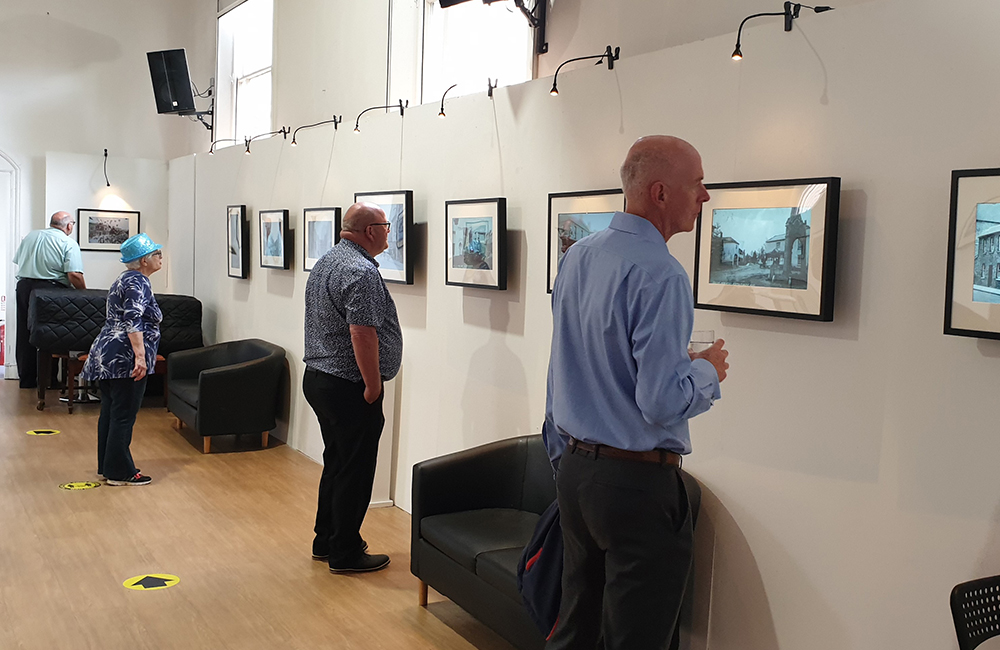Creative Innovation Centre CIC (also known as CICCIC) in Taunton has fought the odds of re-opening to the public after lockdown by building one of the UK’s first true digital gallery showcasing over 230 images over 17 digital screens.
The technology-based solution is a new way for visitors to engage with visual representations while reducing costs associated with printing and framing and extending the stay of gallery visitors.
The project has been in the making for some time and has been refused funding on several occasions due to funders ‘not seeing the value’, but early positive results are showing that there is much value to be created by such a concept.
The public response has been remarkable and engagement in gallery visits has increased considerably. Moreover, the length of stay for the exhibition has increased and new audiences are frequenting the gallery. Other organisations have already asked if they can utilise the gallery as the cost of putting on an exhibition in this format is very low and they see the potential to make exhibitions bigger.
“Many organisations or artists that exhibit at CICCIC can only exhibit 20-30 pieces but now they can feature 3-4 times that. This is great for all sorts of themed exhibitions. From local artists and photographers to school art competitions and even poetry. But the real beauty is that you could have one themed exhibition during the day and at a flick of a switch change for the evening” says co-founding director Andrew Knutt.

“When people view images in picture frames, they respond psychologically in different ways than when watching images that are blatantly on digital screens. But each digital screen used has been framed just like a printed picture or piece of art, so the user sees no evidence of the tech we have used. This way they get the same feeling as a traditional gallery but can discover far more than any printed exhibition”, says co-founding director Richard Holt.
The digital gallery project, which is the brain child of Andrew also adds:
“For years we have looked at many technological solutions to achieve our aims, with some so expensive that it didn’t make it viable, so we decided to make the digital gallery ourselves. Using digital screens and Android based operating systems we have developed separate media players to manage and organise each screen. We can even change and dictate what images get viewed and at what time”.
Both directors tell us that this is just the beginning of a much wider project including an international exchange programme, interactive screens, a digital museum collection, an online development programme with ecommerce and a touring project for the UK.
“Digital innovation doesn’t always have to be new tech but new ways of using what is already out there. With good design and a creative content strategy any digital gallery like ours can bring new audiences to any place and we hope we can show others how to increase public engagement” concludes Andrew.
To learn more about the exhibition that runs from Aug 6 – Oct 10, visit www.ciccic.co.uk

